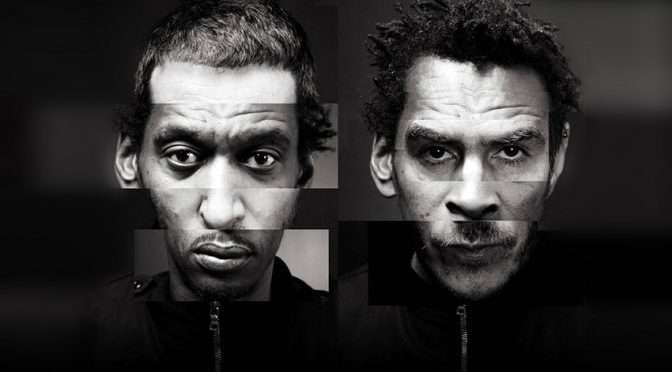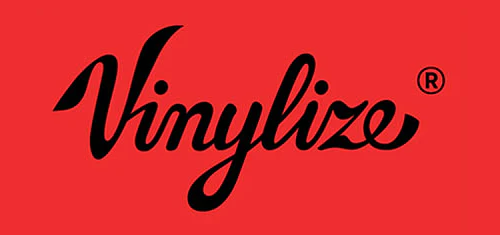No Solutions:
Revisiting Massive Attack’s Blue Lines

"Vinylize takes what we loved from Blue Lines and reimagines it thirty years later."
In 1991, the internet consisted of one website, VHS was king and Nirvana’s Nevermind mocked the atrophying of America’s Golden Age. But for Vinylize, there’s one album that’s well worth another spin: Massive Attack’s debut, Blue Lines.

Unlike Nevermind, listening to Blue Lines doesn’t feel like a glimpse into the burgeoning 90s. The music alchemized by Robert Del Naja, Andrew Vowles, and Grant Marshall tapped into a flickery tomorrow.

Despite the auspice, Blue Lines was a bizarro recipe that almost didn’t get made. “[It was] touch and go,” admitted Del Naja in a 2010 interview. The group members were “lazy Bristol twats,” said Daddy G.
"Del Naja Stole the symbol from a Stiff Little Fingers album sleeve."
The sound that emerged on Blue Lines has its foundations in the unique Afro-Euro subculture that permeated underneath the city proper. Thatcherism and the Police State reigned during the day, but at night, in the clubs and discos and house parties, the music was anti-establishment and anti-corporation. In other words, it was Punk.

In Bristol, the thriving Caribbean culture and fascination with America’s hip-hop scene influenced the teens and twenty-somethings in a big way. A weekend habit developed whereby communities would listen to sound systems. The sound systems birthed The Wild Bunch, a collective of graffiti artists, DJs, and lyricists. When that project fizzled some five years later, Massive Attack rose out of the ashes.

The record’s fiery jacket art, known in Health and Safety booklets the world over as the symbol for combustible materials. Del Naja stole the logo from a Stiff Little Fingers album sleeve. Sure, there was some nostalgia in the crime; they were the first band Del Naja saw live in 1979 at Colston Hall, now the Bristol Beacon. More importantly, he believed the image deftly represented “such a powerful record.” Listen to this music and burn.
Although the music was Massive Attack’s de jour, visual design was the pull ring on their grenade. For “3D” Del Naja, visual art wasn’t just a hobby, it was part of the process. 3D entered Massive Attack from the graffiti and punk scene, which had an established foothold throughout Bristol.
"You don’t hear what they’ve stolen; you hear what they’ve made."

Massive Attack’s sampling practices are inexhaustible, bold, and, more often than not, engrossing. Like the DJs that taught them their craft, nothing is out of reach or off limits — reggae, jazz, punk, dub, hip hop, live instrumentations. But what separates the group from the swells of trip-hop artists is that you don’t hear what they’ve stolen; you hear what they’ve made.

Vinylize takes what we loved from Blue Lines and reimagines it thirty years later. We’re continuing the artistic tradition of sampling from what was to beget what is.



